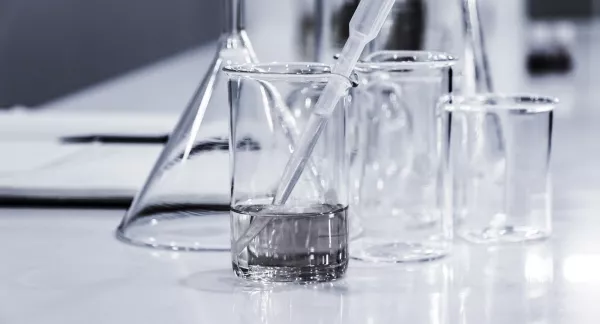Understanding Gasification for PFAS Removal
Abstract
The primary objective of this project was to comprehensively study the performance and feasibility of a full-scale thermal drying and pyrolysis facility to process municipal sludge as the feedstock, with a focus on the ability to remove/destroy per- and polyfluoroalkyl substances (PFAS).
Gasification or pyrolysis, which are thermochemical processes, when followed by thermal oxidation is one of three approaches identified by the U.S. Environmental Protection Agency for the removal/destruction of per- and polyfluoroalkyl substances (PFAS) from biosolids. The other two approaches are plasma gasification and supercritical water oxidation (SCWO). Solids gasification/pyrolysis technologies require dried material (typically greater than 75% total solids [TS]) and are coupled with thermal oxidation of the produced syngas. Biochar or inert is the final solid product from these technologies. Although PFAS was generally not detected in the biochar in either lab or full-scale studies, no PFAS air sampling has been conducted at a full-scale gasification or pyrolysis facility prior to this study.
This project studied the fate of PFAS in a full-scale gasification facility processing 30 wet tons per day at the Regional Edmonds Wastewater Treatment Plant (WWTP) in Edmonds, WA, over two days of normal operating conditions. At the time of this study, this was the only fully commissioned gasification facility processing dewatered, combined primary and waste-activated sludge in the U.S. Research partners: Alexandria Renew Enterprises, BioWaste Pyrolysis Solutions, Hazen and Sawyer, Massachusetts Water Resources Authority, Middlesex County Utilities Authority. and Portland Water District. Publsihed in 2025.

